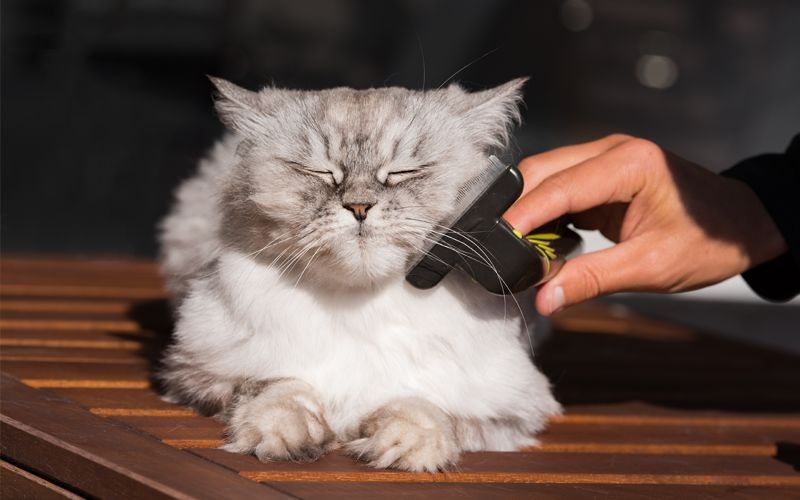
Teaching Your Pet to Accept Handling: A Step-by-Step Guide
As a pet parent, one of the most important things you can teach your pet is how to accept handling. Whether it's for a grooming session, a vet visit, or even just a routine check-up at home, helping your pet stay calm and comfortable during touch can make all the difference. A pet that enjoys being handled will be more relaxed when it comes to being brushed, examined, or even receiving medical care. Here’s how to build your pet's tolerance to touch, all while strengthening your bond with them.Getting Your Pet Used to Being Touched
The first step in teaching your pet to accept handling is to make touch a positive experience. Start by having a good supply of treats on hand, something your pet loves and can enjoy during each session. Begin by touching your pet in the areas they’re already comfortable with, such as the back or neck. Gradually move to more sensitive areas like the underside of their legs, their paws, and the inner thighs.
Every time your pet stays calm and relaxed, reward them with a treat. This will help them associate touch with something enjoyable. Consistent reinforcement will go a long way in helping your pet stay calm while being handled.
Tip: Keep the handling sessions short and positive. If your pet shows signs of stress, take a break and return to less sensitive areas.
Getting Your Pet Comfortable with Heights
Sometimes, grooming or veterinary visits involve your pet being on an elevated surface, such as a grooming table. Start by getting your pet used to being on raised platforms like a low bench or step. Offer them treats and rewards while they’re on the surface to create a positive association.
Once they’re comfortable, gently touch them and praise them for staying calm. This helps your pet adjust to the sensation of being on a table or counter without stress, making future grooming and vet visits much easier.
Tip: Don’t force your pet onto the raised surface. Let them explore it at their own pace.
Getting Your Pet Used to Tools
Many pets are anxious around grooming tools like brushes, nail clippers, or even hair dryers. Start by introducing these tools slowly. Begin with something simple, like a brush or a comb. Let your pet sniff it and get used to the smell and sight of it. Once they’re comfortable with it, give them a treat. Slowly work your way up to brushing or clipping their nails while rewarding calm behavior.
Repeat this process with other tools, such as the toothbrush or hair dryer. Always move at your pet's pace—don’t rush through these steps, as the goal is to build comfort and confidence.
Tip: Start with the tool turned off or unused to reduce anxiety. Gradually introduce the sound or vibration, starting with a low setting if possible.
Teaching Your Pet to Accept Tooth Brushing
Introduction
Start with something that smells good! Let your pet sniff the toothbrush and then place a bit of tasty food on the bristles. This way, your pet will start to associate the toothbrush with something positive.
Begin Brushing
Start brushing for just a few seconds, focusing on a small area. Praise and reward your pet after each session. As your pet gets used to the brushing, gradually increase the duration and area you cover.
Make It Part of a Routine
The key to a successful brushing routine is consistency. Make tooth brushing a regular part of your pet's routine, so it becomes something they expect and enjoy rather than fear. Positive reinforcement goes a long way here, so make sure each session ends with a reward.
Tip: If your pet resists brushing, try a toothbrush with softer bristles or a finger brush, which can be less intimidating.
Keep It Positive and Gradual
The key to teaching your pet to accept handling is patience. Start slowly, taking the time to build trust one step at a time. Every animal is unique—some may warm up quickly, while others need more time to feel safe with touch and grooming. If your pet shows any signs of stress or discomfort, pause and return to calming exercises before moving forward.
Through gradual, positive exposure, you’re doing more than just teaching your pet to tolerate being handled—you’re nurturing a deeper bond based on safety and trust.
Conclusion
Teaching your pet to feel comfortable with handling isn't just a practical skill, it’s a way of caring. With time, consistency, and a gentle approach, you’re helping your companion feel secure even during a visit. In return, you’ll gain a pet who trusts you completely, even in the most delicate moments.

